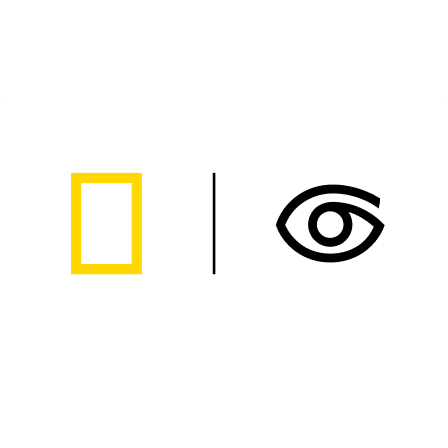Our journey continued as we arrived at Española, one of the oldest and most diverse islands in the archipelago. Gardner Bay is a coralline sand beach with turquoise waters. It is a favorite haul out for Galapagos sea lions, and young sea lions lazed on the beach as Española mockingbirds flitted about along the coast. The young sea lions swam and played among us as we snorkeled. The afternoon brought us to a rocky path filled with wildlife. Marine iguanas nested along the path, and numerous Nazca booby chicks practiced flying. They jumped from the rocks while their parents looked on. We spotted waved albatrosses along the southern cliffs. The first individuals of the season landed on the island to search for their lifelong mates. The sun dipped below the horizon, and the soundtrack of Española sent us on our way as we headed back to National Geographic Endeavour II.
- Daily Expedition Reports
- 16 Apr 2023
Española Island, 4/16/2023, National Geographic Endeavour II
- Aboard the National Geographic Endeavour II
- Galápagos
Share Report
Exploring Galápagos
VIEW ITINERARYRelated Reports
5/7/2025
Read
National Geographic Endeavour II
Santiago Island
We began our day with a very active snorkeling excursion, where some of our snorkelers saw several whitetip reef sharks, a few sea lions, and fish of all kinds. We also kayaked and went paddleboarding. The geological formations are impressive here, such as the world-famous praying monk that captured our attention while on a Zodiac ride. If that wasn’t enough, we had a few rounds of glass bottom boat rides, a fabulous tool that allows us to have a clear view of the fish, and especially those sharks. Soon after lunch, we had an adventurous wet landing on Puerto Egas, with its black sandy beach that we had all to ourselves. We walked along the shore and intertidal pools of Santiago with sightings of marine iguanas, sea lions, shore birds, and Galapagos fur seals. After cocktail hour and a fun recap, we enjoyed a barbeque dinner on the top deck.
5/7/2025
Read
National Geographic Gemini
Isabela Island
Isabela is the largest island in Galapagos and today we had the opportunity to explore Elizabeth Bay and Punta Moreno. These two visitor sites are very close but very different from one another. Elizabeth Bay is covered with black lava and a mangrove forest, which becomes a perfect shelter for many species. The bay is home to flamingos, brown pelicans, and white-cheeked pintail ducks. This combination is a good reflection of the colonization of flora and fauna of the Galapagos.







